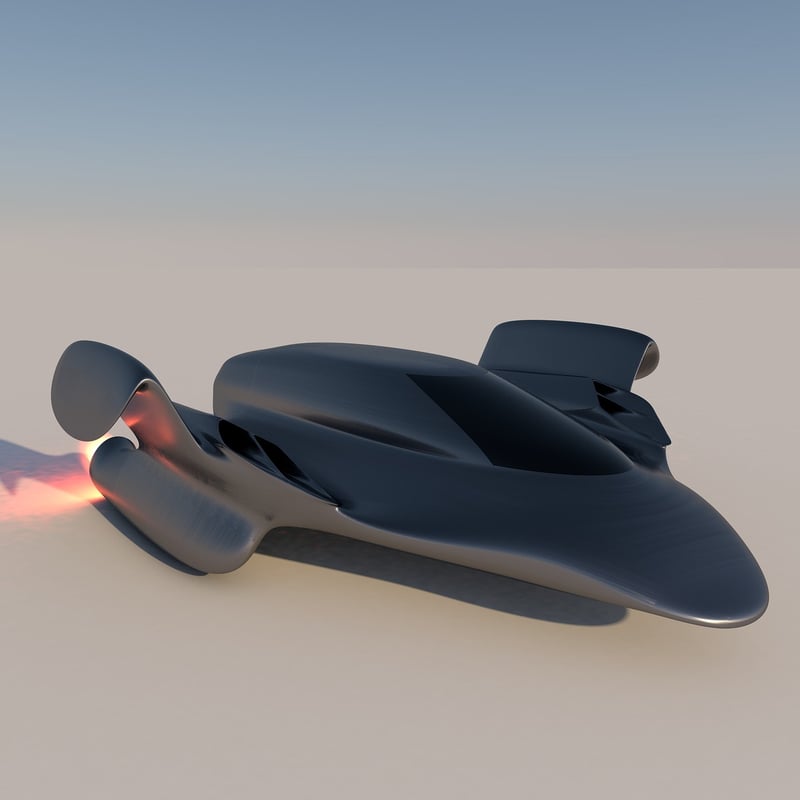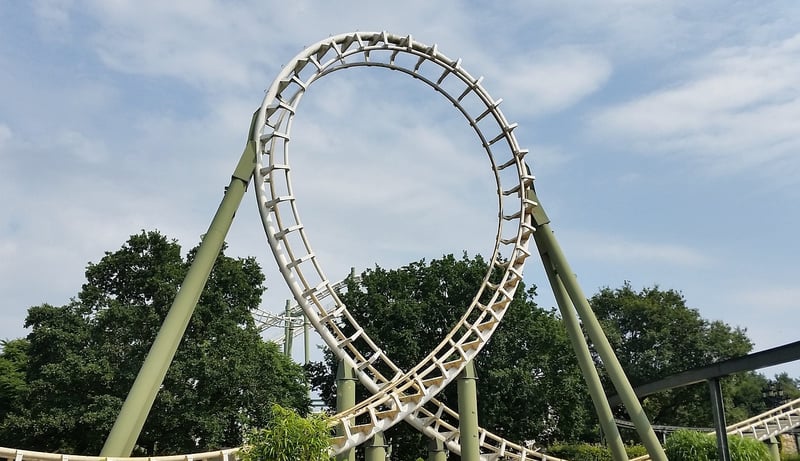Time Loops
Resolving Time Paradoxes and Time Loops
Time travel has been a popular topic in science fiction for decades, often leading to mind-bending concepts like time paradoxes and time loops. While these ideas make for intriguing storytelling, they can also raise questions about the consistency of time and the laws of physics. Let's explore how these paradoxes can be resolved within the framework of theoretical physics.
Time Paradoxes
A time paradox occurs when a time traveler changes the past in a way that makes it impossible for the future to unfold as it did originally. One famous example is the grandfather paradox, where a person travels back in time and prevents their grandparents from meeting, thus preventing their own birth.
To resolve time paradoxes, some theories suggest the existence of parallel universes or alternate timelines. In this interpretation, any changes made in the past create a new branch of reality, allowing the original timeline to remain intact. While this solution may seem complex, it offers a way to maintain consistency within the time travel narrative.
Time Loops
A time loop is a situation where events in time repeat themselves, creating a cycle with no clear beginning or end. This concept is often depicted as characters being stuck in a repetitive sequence of events, such as in the movie "Groundhog Day."
One way to break a time loop is through self-realization or learning from past mistakes. By gaining new insights or changing their actions, characters can disrupt the cycle and move forward in time. This theme of personal growth and change is a common element in stories involving time loops.
Conclusion
While time paradoxes and time loops may seem like impossible conundrums, they offer a fascinating glimpse into the complexities of time travel and causality. By exploring these concepts through the lens of theoretical physics and storytelling, we can appreciate the creative ways in which writers and scientists alike grapple with the mysteries of time.


